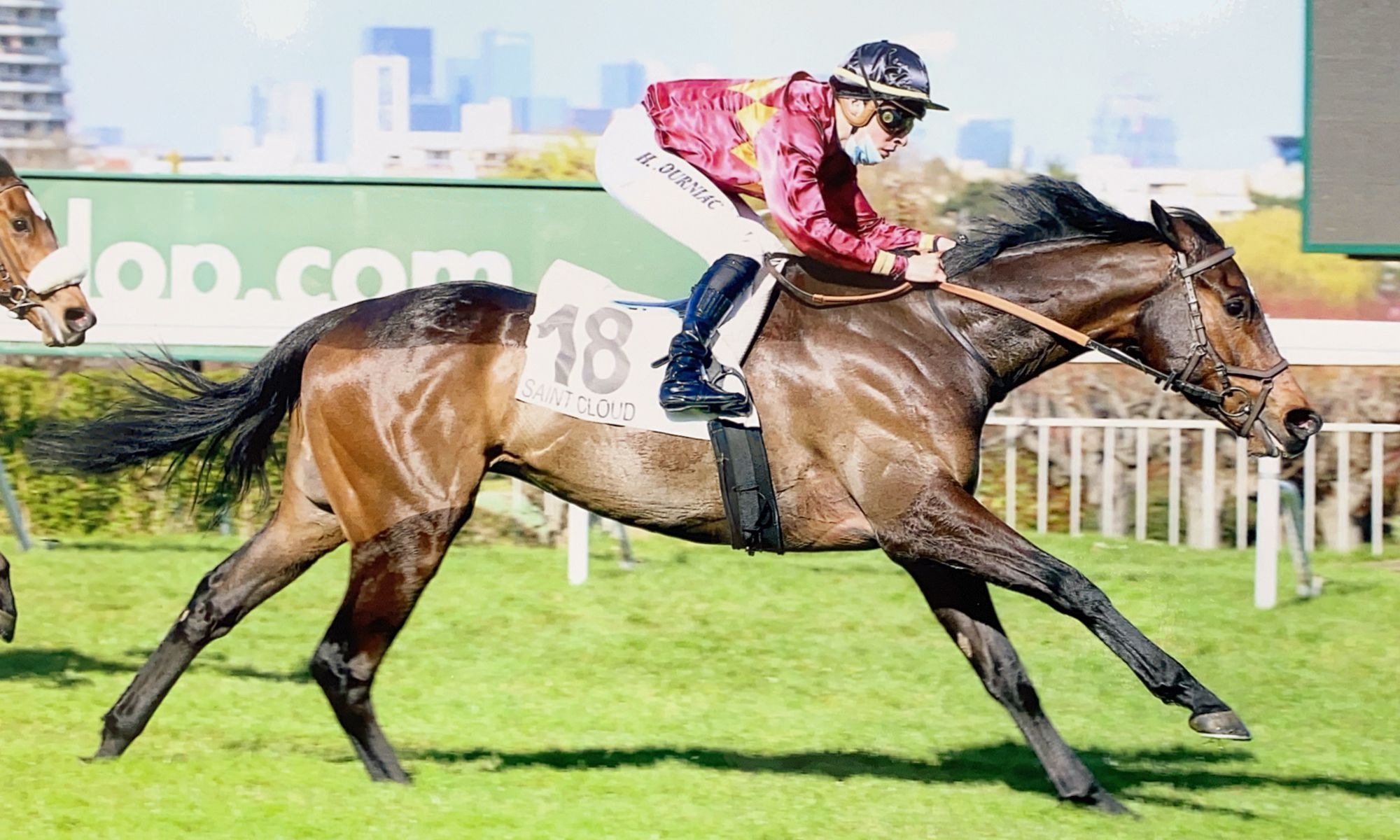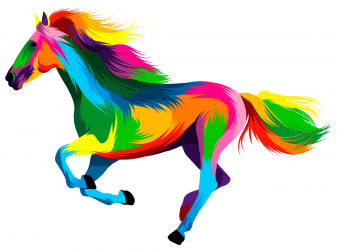This past weekend several stud farms across Normandy opened their doors to show off their stallions. It was the first time the Breeders’ Association staged a coordinated effort on a single weekend, and it was extremely well-organized. My breeder friend Genvieve, who has brood mares at her stud next to the Aga Khan’s Bonneval operation, mapped out a route that allowed us to see most of the bet stallions on offer in France. The stallion selection is getting better than is used to be, with the addition this year of proven talent like King’s Best and Dr. Fong, along with some good-looking newcomers like Zafeen and Naaqoos. Many are standing for less than 10,000 euros, which is ideal for breeders breeding to race rather than sell. On the commercial side there is less to choose from, but Elusive City and King’s Best can be marketable in Deauville in August.
My favorite of the day was Orpen, standing at the Haras du Thenney for 8,000 euros. I don’t think there is better value for money in France. He has sired 45 black-type winners and I often see his products in the winner’s circle at all level of racing. He’s a bit long in the back, but other than that a stunning horse with a good eye. I also have a soft spot for King’s Best, but at 15,000 euros he’s a little on the expensive side for France. I also got a chance to see Ultimately Lucky, the sire of our own Hard Way and a foal due in May. He was beautifully presented and has that swingy, supple big-cat walk that Hard Way has inherited. It does make you worry about the hocks, but he has sired some solid racehorses and has a book of 60 mares so far for this year. He stands for 2,200 euros at the Haras de Grandcamp. Not all the stallions were much to look at; Anabaa Blue, at the Haras d’Etreham, was one of the most unappealing sires on offer. He has tree trunks for legs, the neck of an overweight draft horse and the sleep eye of one, too. Country Reel, a three-quarter brother to the deceased Anabaa, has the same legs but is slightly more appealing up top. I suppose if you need to add bone, these guys would be on your list.
Nearly every stud offered a buffet of some kind, the two most impressive were at the Aga Khan’s Bonneval and the Haras de Thenney. But the jambon a l’os and the home-made terrines at the Haras de Petit Tellier were pretty good, too. And there was an impressive array of petit fours at the Haras de Logis…let’s just say we never had to think about stopping to buy food. There were a good number of English speakers in the groups tour the region, many attracted by the French owner/breeder premiums. As for me, I don’t have a mare to cover this year since Well Done Clare will foal too late, so she will have a year off. But it was interesting to see what’s out there, and to hear what the breeders are thinking. I think I’ll start saving for Orpen next year.

